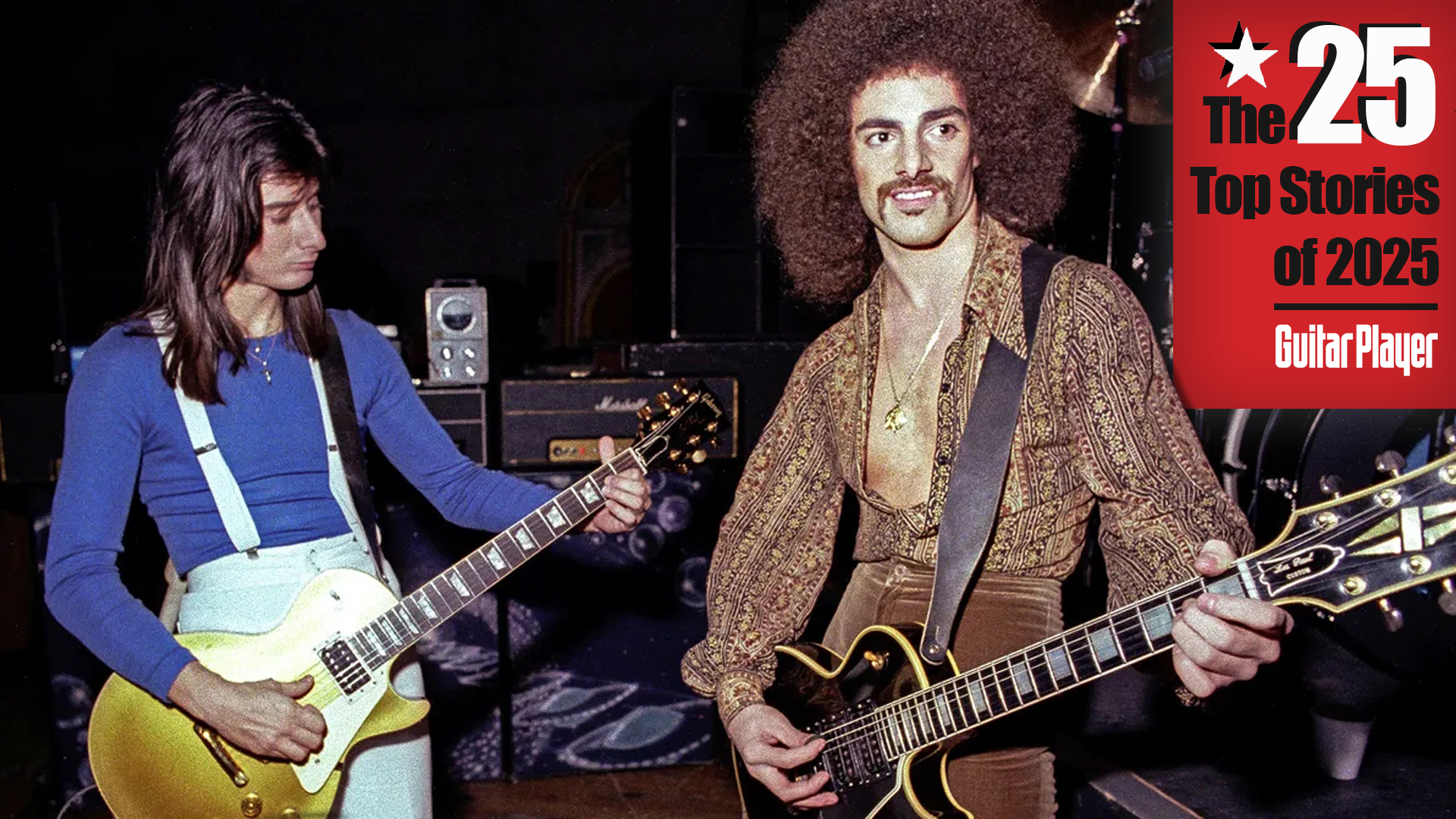“Lush, evocative and a ton of fun to play with”: Gibson’s new retro-leaning Falcon 5 and Falcon 20 amps pay homage to the rare tweed-era 1961 GA-19RVT and “set a new bar for low-power tone”…
How Gibson’s latest gorgeous retro-styled Falcon amp duo “recaptures vintage glories”
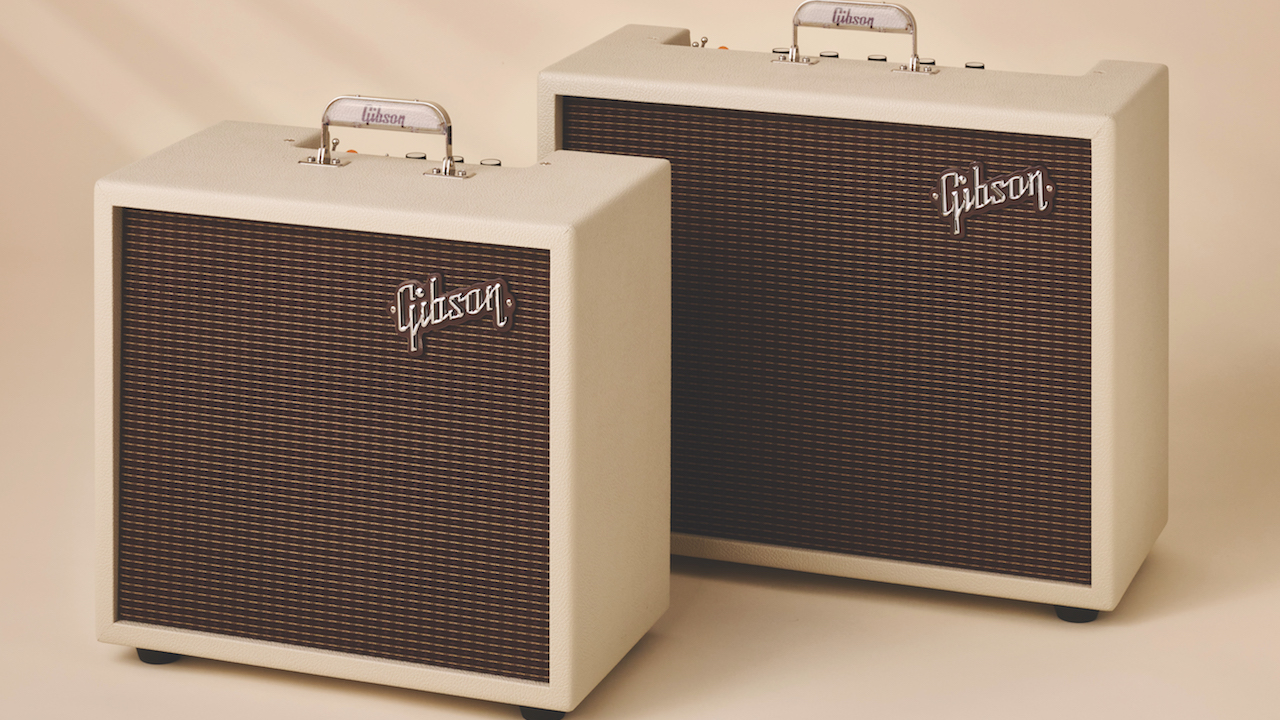
After delivering several classic amplifiers in the 1940s, ’50s and early ’60s Gibson struggled for a consistent foothold in the market. The company’s purchase of Mesa/Boogie three years ago seemed a sure way to bring about the return of G-brand amps. After all, Randall Smith and his team boast some 50 years of experience manufacturing high-end tube amps.
The acclaimed lords of California high-gain amplification were clearly primed to help rejuvenate a Gibson lineup if called upon to do so, and now they have, with two new combos that honor the past while reconsidering the blueprints for the needs of today’s players.
The debutantes in the revived American-made Gibson range include the Falcon 20 1x12 combo and Falcon 5 1x10 combo.
In broad terms, these amps — the Falcon 20 in particular — pay homage to a short-lived version of the GA-19RVT Falcon from 1961. That combo had onboard reverb a good two years before any Fender amp did, and it provided a range of features and a power level perfectly suited to club gigs and studio dates.
Unfortunately, Gibson evolved the Falcon into the Crestline range, and it’s been downhill for the company’s amps ever since. As it happens, the vintage Falcon line has a lot of fans at Gibsons, all of whom were eager to return it to glory.
“Myself and maybe half a dozen other guys here are obsessed with Gibson Falcon amps,” says Mat Koehler, vice president of product at Gibson Brands, “especially tweed-era amps from 1960 to 1962.

“That era of GA-19RVT Falcon amp, we just swear by it. It’s a fantastic amp. They’re very rare and you don’t see a lot of them in the wild, so we would fight over the ones that we do find.”
All the latest guitar news, interviews, lessons, reviews, deals and more, direct to your inbox!
Indeed, Gibson shipping records show just 204 Falcon amps were made in 1961, the target era for these reissues.
“All of us have at least one. So when we were pursuing this and had this opportunity with Mesa/Boogie, it was in the back of our minds that the opportunity was here: ‘Let’s aim for the Falcon!’”
As Koehler sees it, the only shortcoming of the original amp is age. “Because of that, they have different temperaments,” he says. “We wanted to home in on what was the original intention of the amp. It was a game-changing amp. It was the first reverb combo amp, so it has this great story, as well as the perfect proportions and power.”
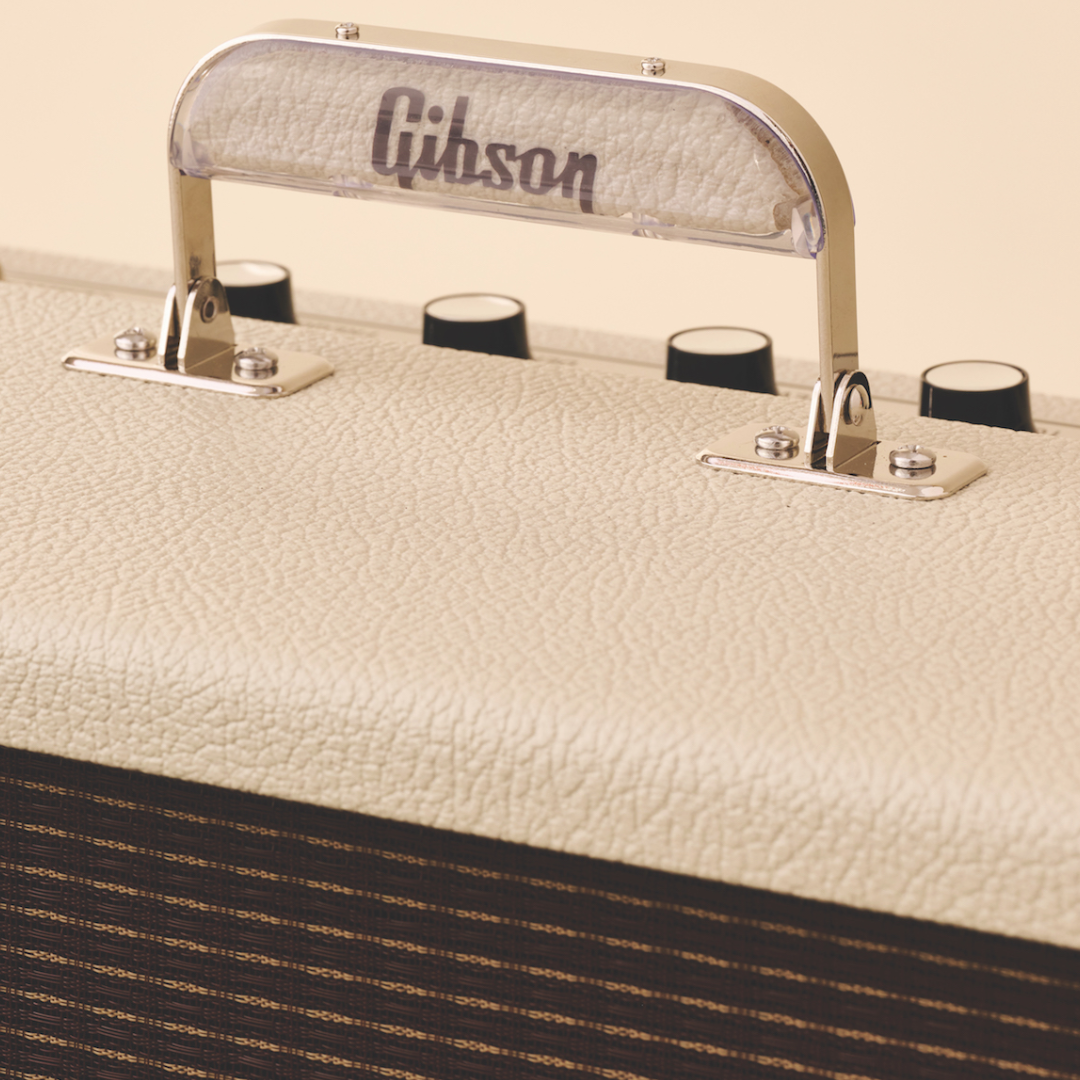
The update was not without its challenges, particularly when it came to voicing the amp for the present day.
“Unlike a lot of the original reverb-combo amps from the ’60s, the original amps have a lot more dirt,” Koehler says. “They have that perfect mixture of what you’d expect from a ’50s tweed-era amp and a ’60s reverb amp, so they represent the gap between those eras. We wanted to play up that character, but we also wanted it to be pedal friendly and expressive and nuanced. Very touch sensitive.
“Really the key is just keeping it simple, and probably the greatest challenge [Mesa/ Boogie founder] Randy Smith has ever faced is keeping it simple. But he had an absolute blast, and he definitely believes that’s the character of this amp: single channel, short signal paths and just a very basic amp, with some modern advancements, like the power switching. There’s a lot this amp can do. It’s really versatile.”
Falcon 20 1x12 Combo
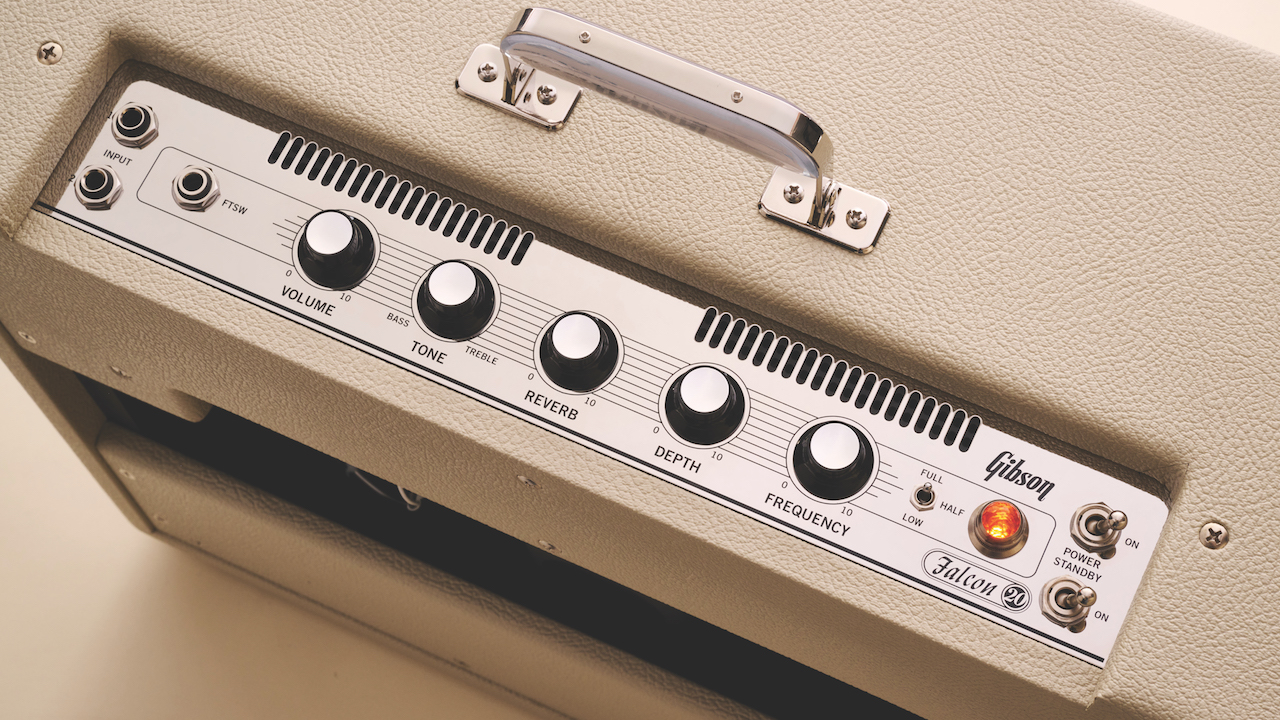
A 12-watt combo, the Falcon 20 is driven by two 6V6GT output tubes with four 12AX7s in the preamp, reverb and tremolo stages. The compact 20 by 17.5 by 8.85–inch Baltic-birch plywood cabinet houses a 12-inch Jensen Blackbird Alnico 40 speaker. Rather than the tweed of its namesake it’s covered in cream bronco vinyl, with an oxblood grille cloth.
The retro-leaning chromed control panel and hinged steel-and-Lucite handle admirably echo the ’61 Falcon, with the panel featuring a triangular set of jacks for high and low inputs and foot switch, followed by controls for volume, tone, reverb, tremolo depth and frequency (speed).
Updates are seen in the control panel’s cooling vents and the full/half/low-output switch at the end of the knobs. Accessing the Falcon’s rendition of Mesa/Boogie’s patented Multi-Watt and Duo-Class power-reduction circuits, it yields 12 watts in push-pull pentode Class-A at full power, five watts of the same in triode mode for half power, and one watt of single-6V6 output at low power.
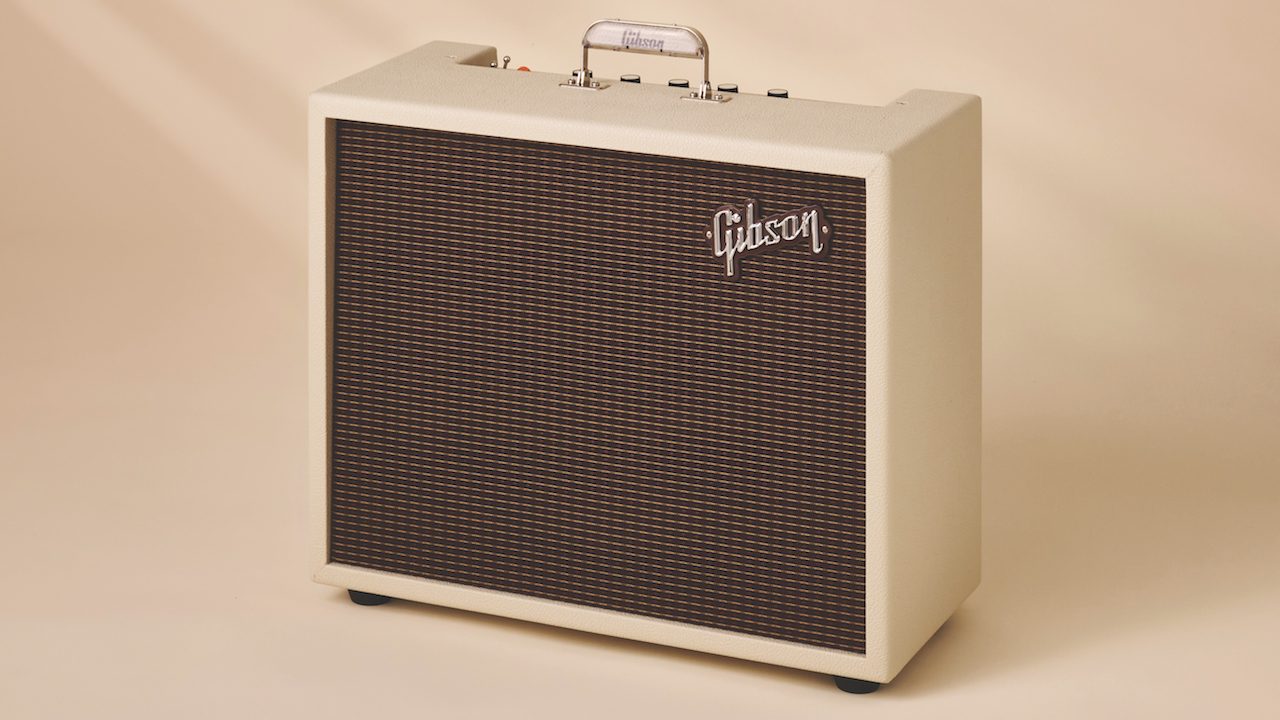
No re-biasing is necessary for power changes, or tube replacement for that matter, since it’s a cathode-biased output stage. As such, and given the tolerances of the rest of the circuit, the Falcon 20 can also handle a substitution of two larger 6L6GC output tubes, which generates power levels of 15, six and two watts, respectively, along with a slightly more full-throated tone.
The underside of the upper rear-mounted aluminum chassis carries dual four-ohm speaker outputs and one eight-ohm connection for the reverb spring pan, and a monitor (D.I.) out. The circuit itself is high-quality PCB construction, much in the Mesa/Boogie mold.
Falcon 5 1X10 Combo
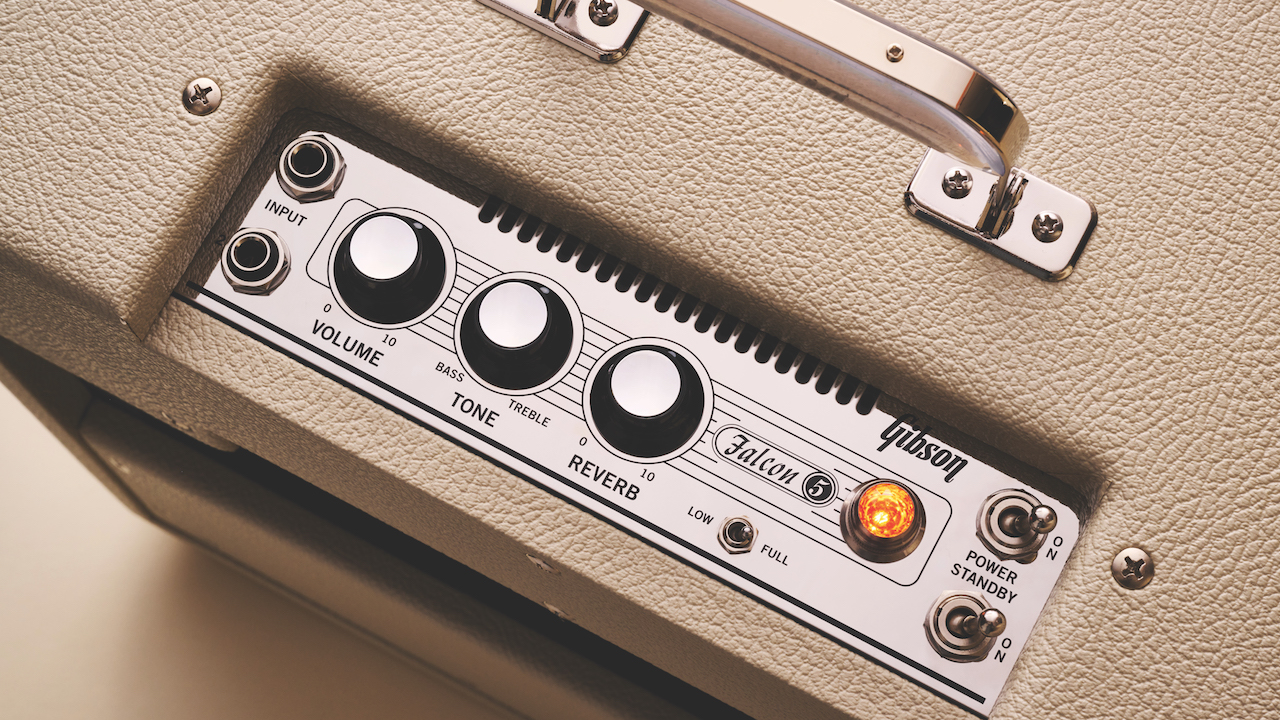
The Falcon 5 repeats the formula in a smaller 16 by 16 by 8.85–inch cab with one 10-inch Jensen Alnico speaker and a circuit that delivers seven watts from a single 6V6 output tube, or three watts with the built-in attenuator engaged (eight watts and four watts, respectively, with a 6L6 installed).
This one also carries the tube-driven spring reverb — tapped from among the amp’s three 12AX7 preamp tubes — but no tremolo.
It’s a great-looking, fun-sized combo primed for studio use or basement jams, yet I suppose the greatest argument against it is posed by its bigger sibling. For just $300 more, it delivers greater power (with a wider array of power-reduction options), a bigger speaker and tremolo.
Both still fit in the front seat of a Mini Cooper, and you gain only five pounds in weight over the Falcon 5’s 26. Then again, the Falcon 5 is a great amp in and of itself, and undoubtedly many players will find its size and output just right. There’s also something special about driving a single-ended tube combo with a mic in front of it.
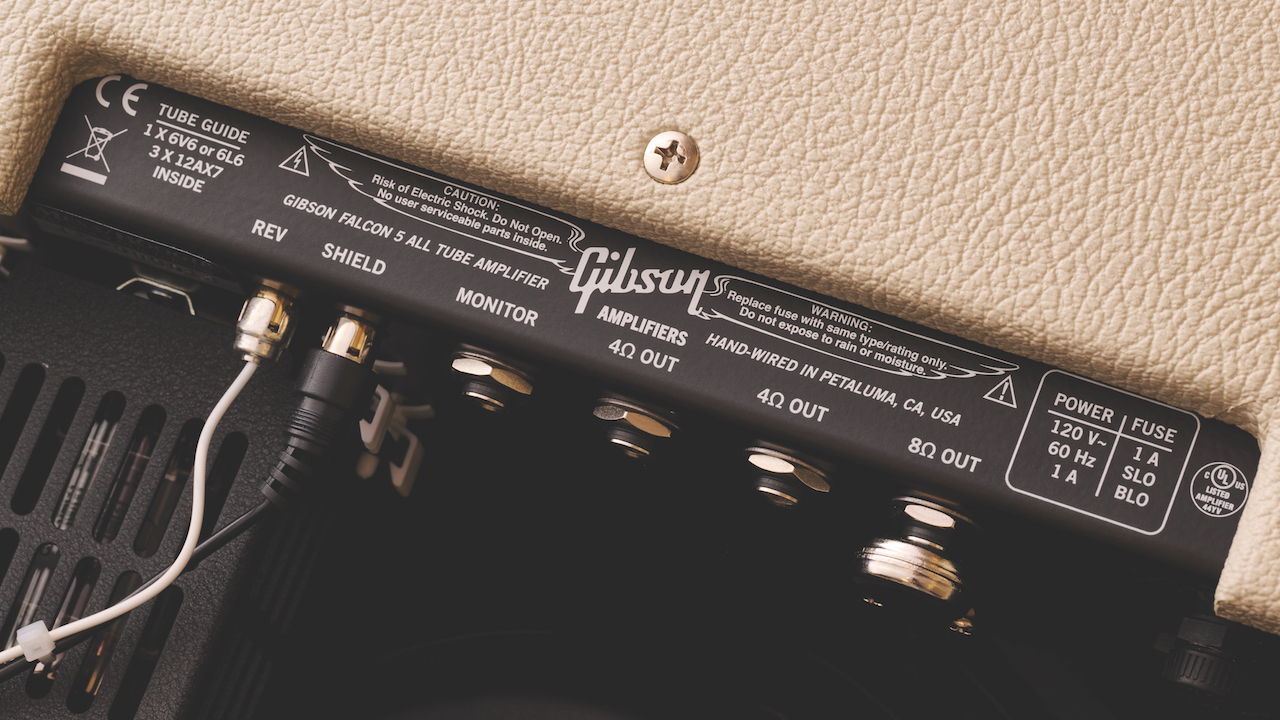
I tested both amps with Gibson Les Paul and Firebird V reissues and a 1966 Fender Telecaster, and they revealed an enjoyable rewind to the toothsome tones of their early ’60s namesakes.
The Les Paul into input 1 on either amp stayed impressively clean and together up to nearly noon on the volume but really started to sing beyond there. The juicy grind kicked in about three-quarters of the way up the dial, with the Telecaster and the Firebird digging in the dirt just a little later.
Moving the Les Paul to input 2 (a trick too often ignored) cleaned it up again beautifully. Both amps deliver convincingly vintage-voiced performances, which will likely become even more so with some breaking-in of their Jensen Alnico speakers.
Each is crisp and articulate, yet with a texture and richness couching even their cleaner settings, while merging extremely well with any of several overdrive pedals I tried in the front end.

Surprisingly, with their volumes set similarly, the Falcon 5 on full power is quite a bit louder than the Falcon 20 on half power. There’s definitely more gusto in the bigger amp overall, and very usable headroom and punch on its full-power setting.
There can be a certain magic to vintage single-10 combos, and the Falcon 5 reflects that in the detail and immediacy of its sound.
Overall, I probably preferred the fuller midrange and overt throatiness of the Falcon 20’s 12-inch speaker once I start to push it a little. And again, it’s hard to avoid noticing that you get a lot more out of the larger combo for a mere $300 extra.
Topping all that, the Falcon 20’s tube-driven reverb and tremolo are lush and evocative and a ton of fun to play with. It adds up not to the detriment of the Falcon 5 but to further confirm what a deal the Falcon 20 is at this price for a USA-made tube amp that recaptures Gibson’s vintage glories while being perfectly usable in 2024.
For more information, contact Gibson
Dave Hunter is a writer and consulting editor for Guitar Player magazine. His prolific output as author includes Fender 75 Years, The Guitar Amp Handbook, The British Amp Invasion, Ultimate Star Guitars, Guitar Effects Pedals, The Guitar Pickup Handbook, The Fender Telecaster and several other titles. Hunter is a former editor of The Guitar Magazine (UK), and a contributor to Vintage Guitar, Premier Guitar, The Connoisseur and other publications. A contributing essayist to the United States Library of Congress National Recording Preservation Board’s Permanent Archive, he lives in Kittery, ME, with his wife and their two children and fronts the bands A Different Engine and The Stereo Field.


